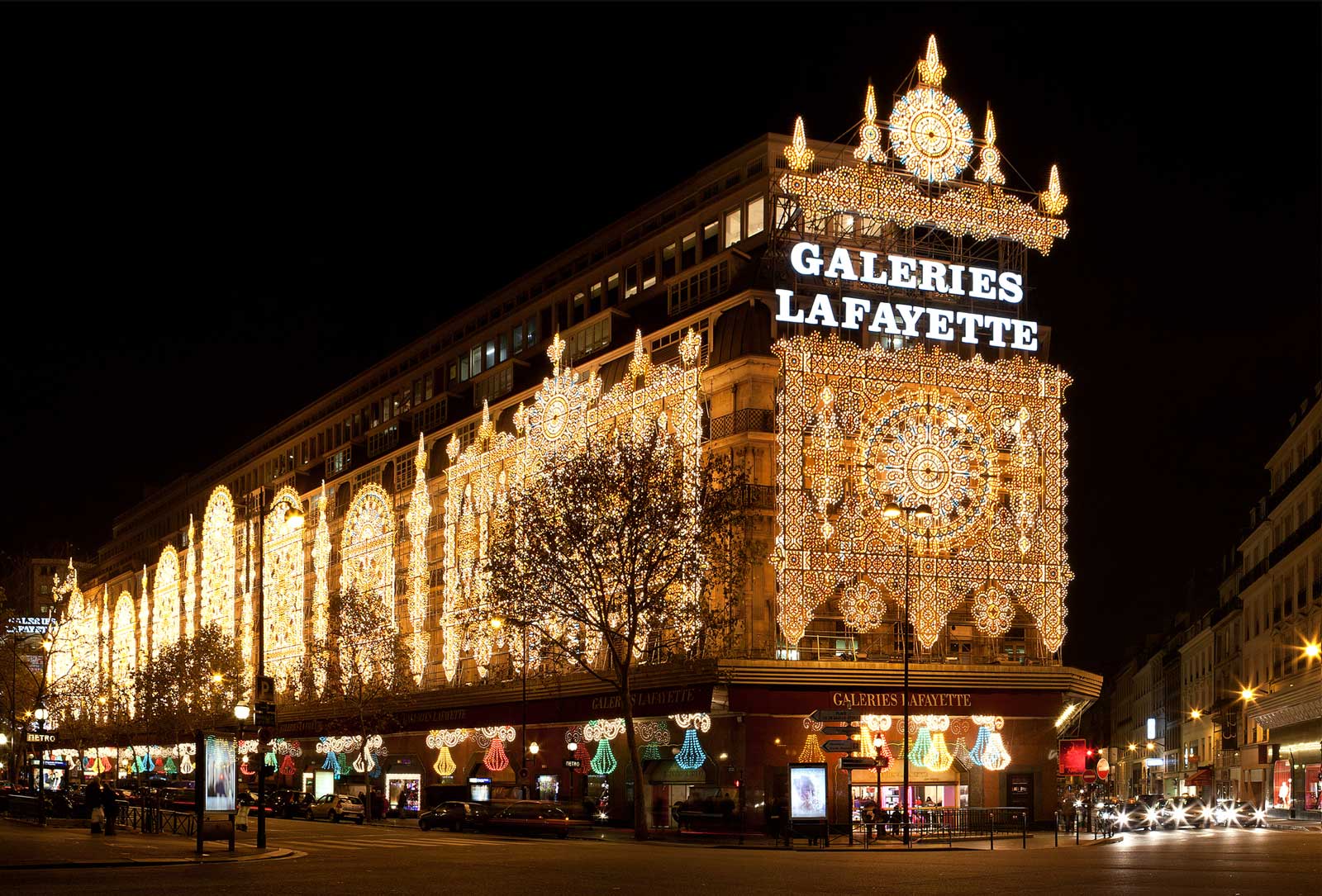EXPLORE
LONDON
Handel Hendrix House (previously Handel & Hendrix in London) is a museum in Mayfair, London, dedicated to the lives and works of the German-born British baroque composer George Frideric Handel and the American rock singer-guitarist Jimi Hendrix, who lived at 25 and 23 Brook Street respectively.
Handel made his home in London in 1712 and eventually became a British citizen in 1727. Handel was the first occupant of 25 Brook Street, which he rented from 1723 until his death there in 1759. Almost all his works after 1723, amongst them many of his best-known operas, oratorios and ceremonial music, were composed and partially rehearsed in the house, which contained a variety of keyboard instruments, including harpsichords, a clavichord and a small chamber organ.
The museum comprises a carefully restored set of period rooms on the first and second floors of 25 Brook Street together with exhibition rooms in number 23, the adjacent house on the terrace. In 2016 the museum expanded to incorporate the upper floors of 23 Brook Street, home of Jimi Hendrix in the late 1960s.
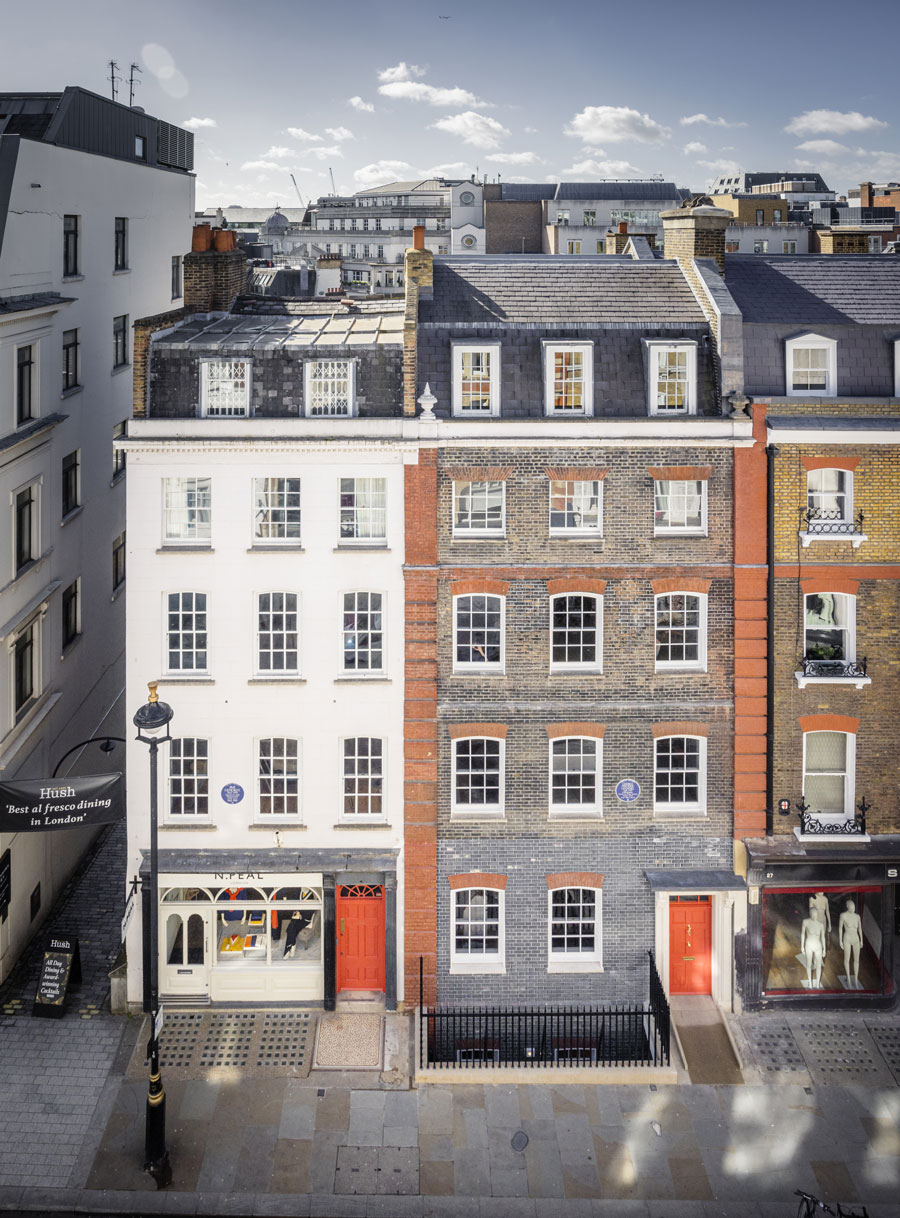
Handel Hendrix House (previously Handel & Hendrix in London) is a museum in Mayfair, London
The Wallace Collection is a museum which displays works of art collected in the 18th and 19th centuries by five generations of a British aristocratic family – the first four Marquesses of Hertford and Sir Richard Wallace, the illegitimate son of the 4th Marquess. In the 19th century, the Marquesses of Hertford were one of the wealthiest families in Europe. They owned large properties in England, Wales and Ireland, and increased their wealth through successful marriages. Politically of lesser importance, the 3rd and 4th Marquess and Sir Richard Wallace became leading art collectors of their time.
Although today principally a museum of cultural art objects and antiquities, the British Museum was founded as a “universal museum”. Its foundations lie in the will of the Anglo-Irish physician and naturalist Sir Hans Sloane (1660–1753), a London-based doctor and scientist from Ulster. During the course of his lifetime, and particularly after he married the widow of a wealthy Jamaican planter, Sloane gathered a large collection of curiosities, and not wishing to see his collection broken up after death, he bequeathed it to King George II, for the nation, for a sum of £20,000 (equivalent to £3,846,793 in 2023) to be paid to his heirs by Parliament—intentionally far less than the estimated value of the artefacts, contemporarily estimated at £50,000 (equivalent to £9,616,983 in 2023) or more according to some sources, and up to £80,000 (equivalent to £15,387,173 in 2023) or more by others.
The Wallace Collection, comprising about 5,500 works of art, was bequeathed to the British nation by Lady Wallace in 1897.The state then decided to buy Hertford House to display the collection and it was opened as a museum in 1900. As a museum the Wallace Collection’s main strength is 18th-century French art: paintings, furniture, porcelain, sculpture and gold snuffboxes and 16th- to 19th-century paintings by such as Titian, Van Dyck, Rembrandt, Hals, Velázquez, Gainsborough and Delacroix, a collection of arms and armour and medieval and Renaissance objects including Limoges enamels, maiolica, glass and bronzes.

At that time, Sloane’s collection consisted of around 71,000 objects of all kinds including some 40,000 printed books, 7,000 manuscripts, extensive natural history specimens including 337 volumes of dried plants, prints and drawings including those by Albrecht Dürer and antiquities from Sudan, Egypt, Greece, Rome, the Ancient Near and Far East and the Americas.
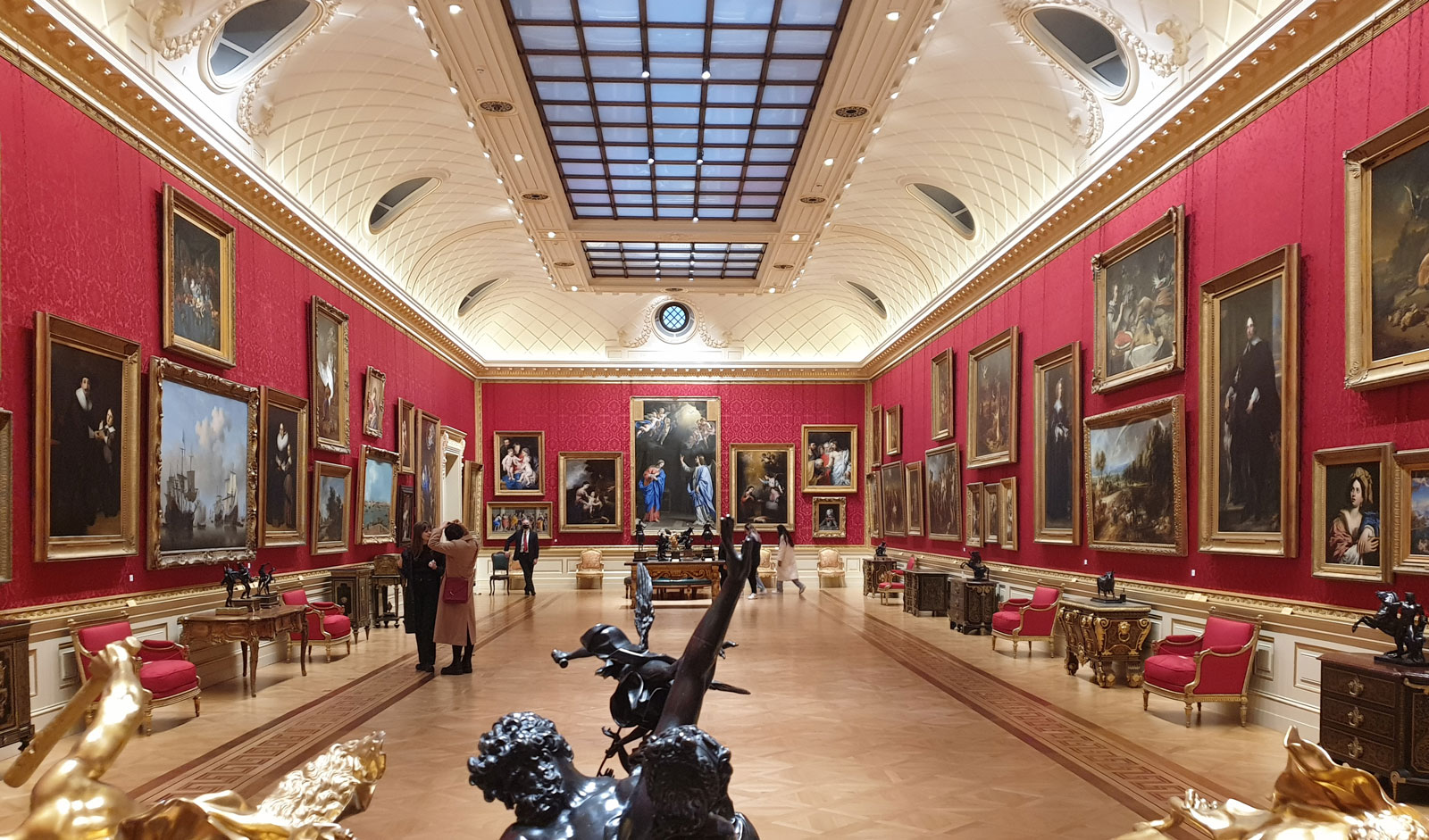
The Wigmore Hall is a concert hall at 36 Wigmore Street, in west London. It was designed by Thomas Edward Collcutt and opened in 1901 as the Bechstein Hall; it is considered to have particularly good acoustics. It specialises in performances of chamber music, early music, vocal music and song recitals, and hosts over five hundred concerts each year, as well as a weekly concert broadcast on BBC Radio 3. Wigmore Hall enjoyed a number of long associations with many great artists of the 20th century including Elisabeth Schwarzkopf, Victoria de los Ángeles, Sergey Prokofiev, Shura Cherkassky, Paul Hindemith, Andrés Segovia, Peter Pears, Benjamin Britten and Francis Poulenc.
The Hall maintained a particularly fruitful relationship with Benjamin Britten, both as composer and performer. His Serenade for Tenor, Horn and Strings, the Second String Quartet, The Holy Sonnets of John Donne and Seven Sonnets of Michelangelo were premièred at the Hall, as were extracts from the opera Peter Grimes (ahead of its world première at the Sadler’s Wells Theatre in June 1945). Building on its heritage, Wigmore Hall has become a major commissioner of new music. On 31 August 2007, John Gilhooly announced a scheme for modern composers.

PARIS
The Opéra-Comique is a Paris opera company which was founded around 1714 by some of the popular theatres of the Parisian fairs. In 1762 the company was merged with – and for a time took the name of – its chief rival, the Comédie-Italienne at the Hôtel de Bourgogne. It was also called the Théâtre-Italien up to about 1793, when it again became most commonly known as the Opéra-Comique.
Today the company’s official name is Théâtre national de l’Opéra-Comique, and its theatre, with a capacity of around 1,248 seats, sometimes referred to as the Salle Favart (the third on this site), is located at Place Boïeldieu in the 2nd arrondissement of Paris, not far from the Palais Garnier, one of the theatres of the Paris Opéra. The musicians and others associated with the Opéra-Comique have made important contributions to operatic history and tradition in France and to French opera. Its current mission is to reconnect with its history and discover its unique repertoire to ensure production and dissemination of operas for the wider public.[4] Mainstays of the repertory at the Opéra-Comique during its history have included the following works which have each been performed more than 1,000 times by the company: Cavalleria Rusticana, Le chalet, La dame blanche, Le domino noir, La fille du régiment, Lakmé, Manon, Mignon, Les noces de Jeannette, Le pré aux clercs, Tosca, La bohème, Werther and Carmen, the last having been performed more than 2,500 times.
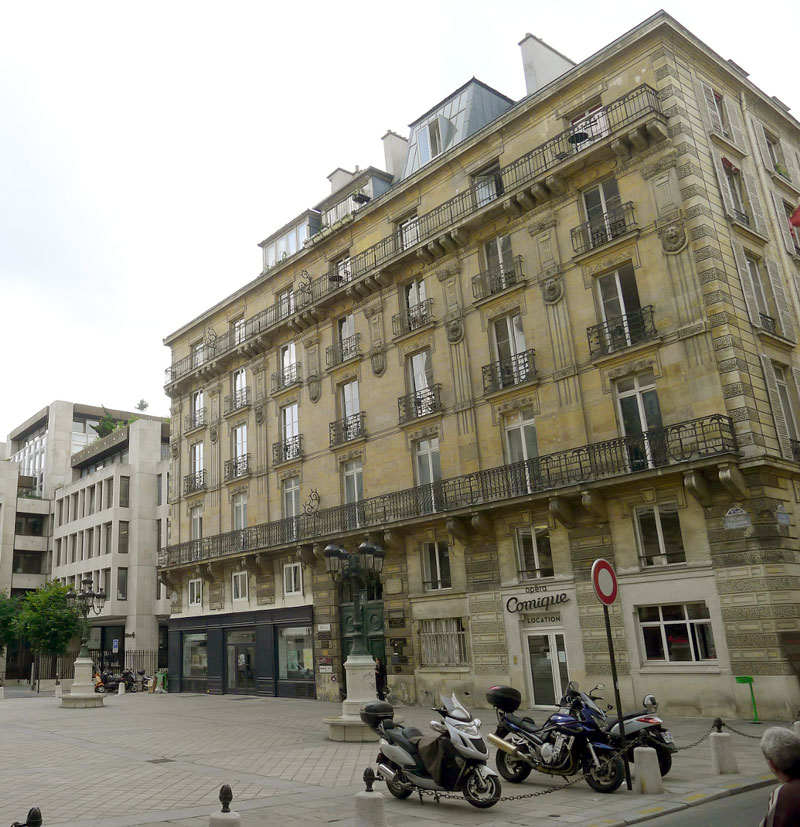
The Sainte-Chapelle (Holy Chapel) is a royal chapel in the Gothic style, within the medieval Palais de la Cité, the residence of the Kings of France until the 14th century, on the Île de la Cité in the River Seine in Paris, France.
Construction began sometime after 1238, and the chapel was consecrated on 26 April 1248. The Sainte-Chapelle is considered among the highest achievements of the Rayonnant period of Gothic architecture. It was commissioned by King Louis IX of France to house his collection of Passion relics, including Christ’s Crown of Thorns – one of the most important relics in medieval Christendom. This was later held in the nearby Notre-Dame Cathedral until the 2019 fire, which it survived.
Along with the Conciergerie, Sainte-Chapelle is one of the earliest surviving buildings of the Capetian royal palace on the Île de la Cité. Although damaged during the French Revolution and restored in the 19th century, it has one of the most extensive 13th-century stained glass collections anywhere in the world.
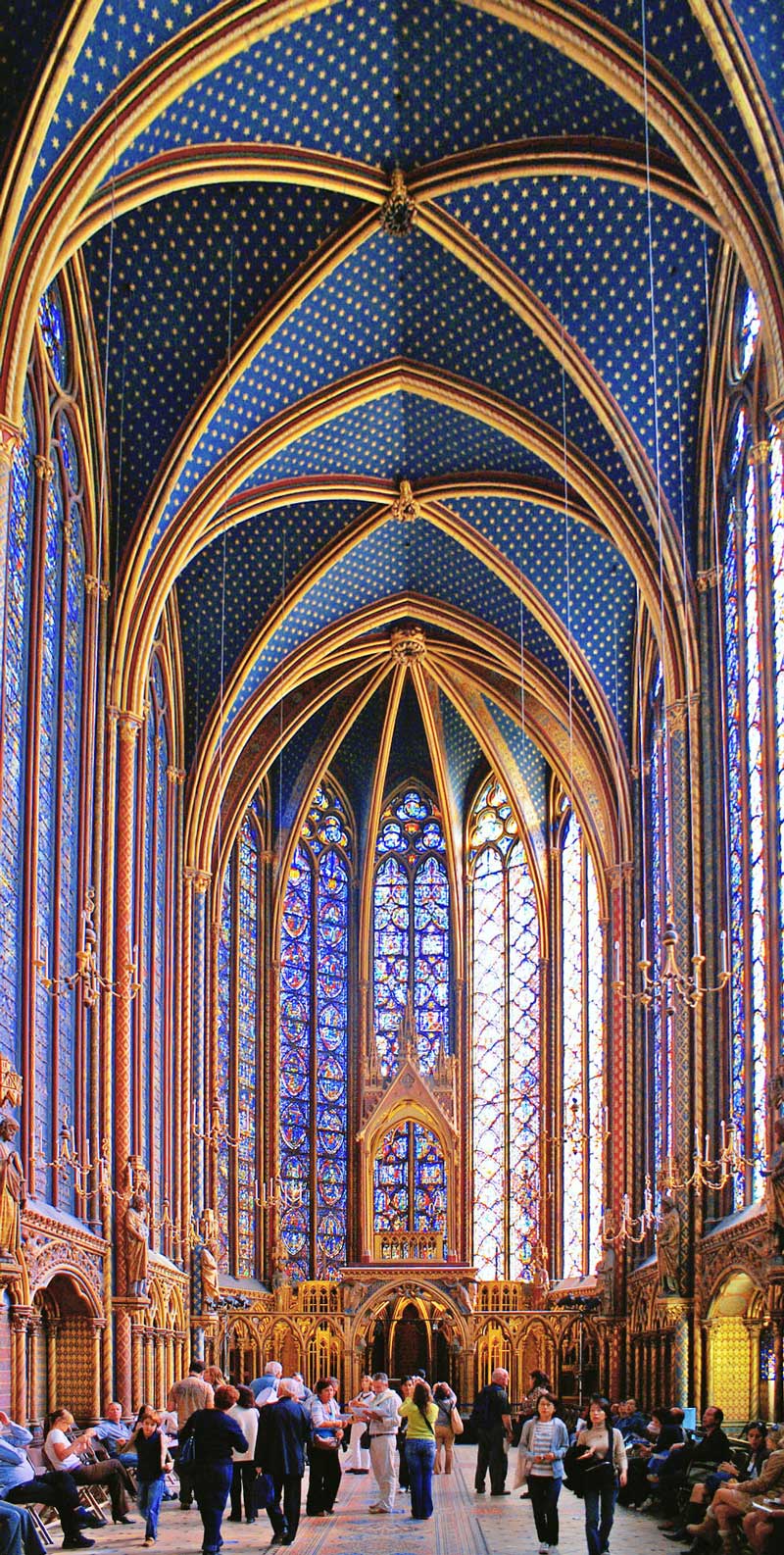
Photo Credit: Didier B (Sam67fr) – Own work, CC BY-SA 2.5
Galeries Lafayette is an upmarket French department store chain, the biggest in Europe. Its flagship store is on Boulevard Haussmann in the 9th arrondissement of Paris but it now operates a number of locations in France and other countries.
